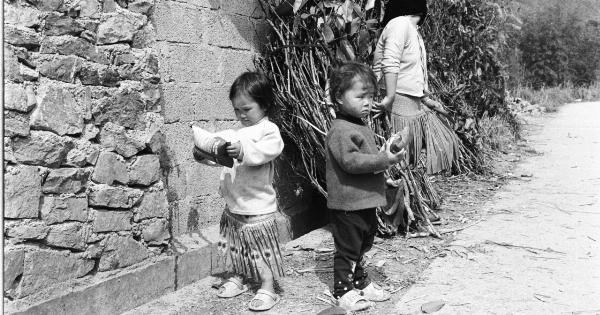Cardiovascular disease (CVD) is one of the leading causes of mortality worldwide. It is estimated that more than 17 million deaths occur each year due to CVD. Lifestyle, genetics, and environmental factors all play a role in the development of CVD.
However, recent studies have shown that having siblings may also impact an individual’s risk of developing cardiovascular disease.
: The Link between Siblings and CVD
Researchers have found that individuals who grow up with several siblings have a reduced risk of developing CVD. This is due to a variety of reasons.
One theory suggests that growing up with siblings may lead to more exposure to infections during childhood. This exposure to germs may stimulate the immune system and lead to a stronger immune response in adulthood. Studies have found that individuals with stronger immune systems have a lower risk of developing CVD.
: The Impact of Birth Order
Additionally, birth order may also play a role in the relationship between siblings and CVD risk. Research has shown that first-born children tend to have a higher risk of developing CVD compared to their younger siblings.
This may be due to differences in prenatal and postnatal experiences, as well as differences in upbringing and family dynamics.
: Family Size and CVD Risk
Studies have also investigated the relationship between family size and CVD risk.
Some studies have found that individuals who grew up in larger families (four or more siblings) have a reduced risk of CVD compared to those who grew up in smaller families. This may be due to increased exposure to germs and infections during childhood, leading to a stronger immune system.
Additionally, growing up in a larger family may also provide social support and a sense of belonging, which can have protective effects on cardiovascular health.
: Limitations of the Findings
While these findings are intriguing, it is important to note that they have limitations. Most of the research has focused on associations between siblings and CVD risk, and cannot establish causality.
Additionally, other factors such as lifestyle, genetics, and environmental factors also play a role in the development of CVD. Therefore, growing up with siblings should not be viewed as a guaranteed way to reduce CVD risk.
: Conclusion
Overall, the relationship between siblings and CVD risk warrants further investigation. While research suggests that individuals who grow up with siblings may have a lower risk of developing CVD, the causality of this relationship is still unclear.
Nevertheless, these findings provide interesting insights into the complex interplay between genetics, environment, and social factors on cardiovascular health.





























